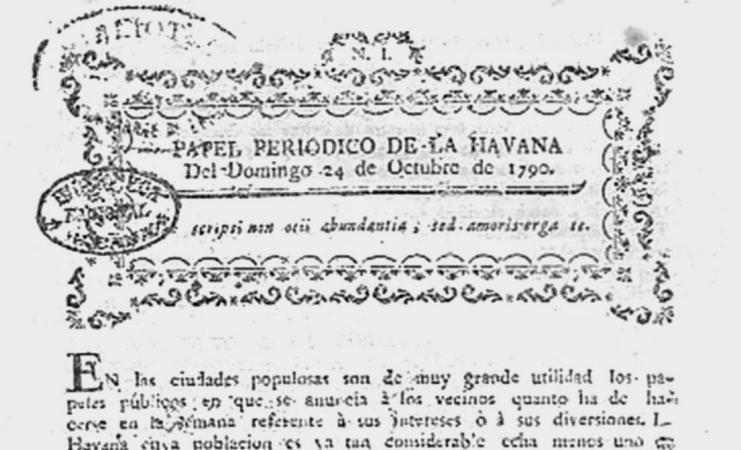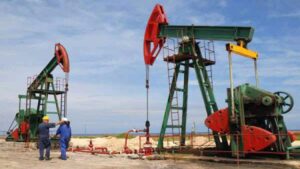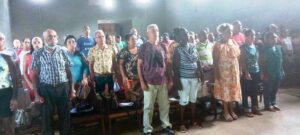Diego de la Barrera and the dawn of Cuban journalism (+audio)

Diego de la Barrera died on January 7th, 1802 in Havana and a little more than two centuries after his death, the contributions of this writer to the intellectual and social development of Cuba are invaluable and history remembers him as the great exponent of Antillean journalism that he always was during his lifetime.

The Antillean press is proud to count among its precursors the distinguished Moroccan intellectual Diego de la Barrera, who since his move to the largest Caribbean archipelago at an early age, built in the latter a solid journalistic career, became founder and director of the first newspapers of the island and became a true architect of the island’s journalism.
Born on November 13th, 1746 in the town of Alhucemas, he developed his academic life in the school of the Dominican Fathers of the Cuban capital and joined the ranks of the Spanish army and, under the auspices of the then governor Luis de las Casas, in 1781 he wrote the first «Guía de forasteros de la Isla de Cuba», a rigorous compendium that included, among others, geographical, nautical and demographic records of the national territory and that was later continued by de la Barrera himself twelve years later.
And it was in 1782 when he launched, together with de las Casas himself, the weekly «G azeta de la Havana», which, although it has the merit of being a pioneer of its kind in the country and is remembered for its political, social and commercial news, its short-lived durability and limited social impact made it share the banner with the «Papel Periódico de la Havana», which saw the light in 1790 and positioned itself as the first Cuban newspaper with stable circulation and sustained support to the government.
The «Papel Periódico de la Havana» had in de la Barrera its director and initial editor and the staff of this medium, the dawn of journalistic flourishing in the nation, cradle of the intellectuality of the time and widely referenced for its commercial, technological, educational, social, cultural, scientific and other aspects, were joined by distinguished scholars of the stature of Tomás Romay, José Agustín Caballero, Francisco de Arango y Parreño, presbyter of the newspaper, technological, educational, social, cultural, scientific and other aspects, were joined by distinguished scholars of the stature of Tomás Romay, José Agustín Caballero, Francisco de Arango y Parreño, the presbyter Félix Veranes and Manuel de Zequeira, among others.
De la Barrera remained at the head of the «Papel Periódico…. «until 1793, when he was in charge of the then recently founded Sociedad Económica Amigos del País and went on to head the publication of the «Manual Calendar» and the aforementioned «Guía de forasteros de la Isla de Cuba», which since 1795 was enriched with allegorical data on the number of churches, schools, hospitals, sugar mills, sugar mills, mills, herds, corrals, pastures, ranches, orchards, apiaries, weaving mills and other annotations on the Cuban terroir and its dwellers.
Diego de la Barrera died on January 7th, 1802 in Havana and a little more than two centuries after his death, the contributions of this writer to the intellectual and social development of Cuba are invaluable and history remembers him as the great exponent of Antillean journalism that he always was during his lifetime.
…ONLINE AUDIO
Written by Yadiel Barbón Salgado.




